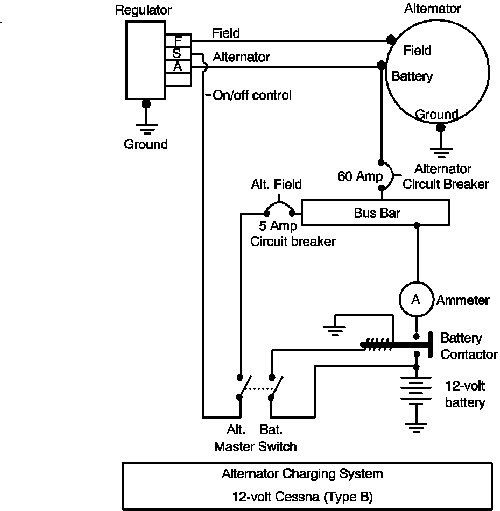bburnett
Pre-takeoff checklist
- Joined
- Mar 25, 2013
- Messages
- 147
- Display Name
Display name:
Bryan B PA30
I have a small oscillation in the ammeter on my Twin Comanche. It is worse on the left alternator than the right and it seems to get better as the electrical load gets higher.
Any ideas on troubleshooting?
Thanks,
Bryan
Any ideas on troubleshooting?
Thanks,
Bryan

